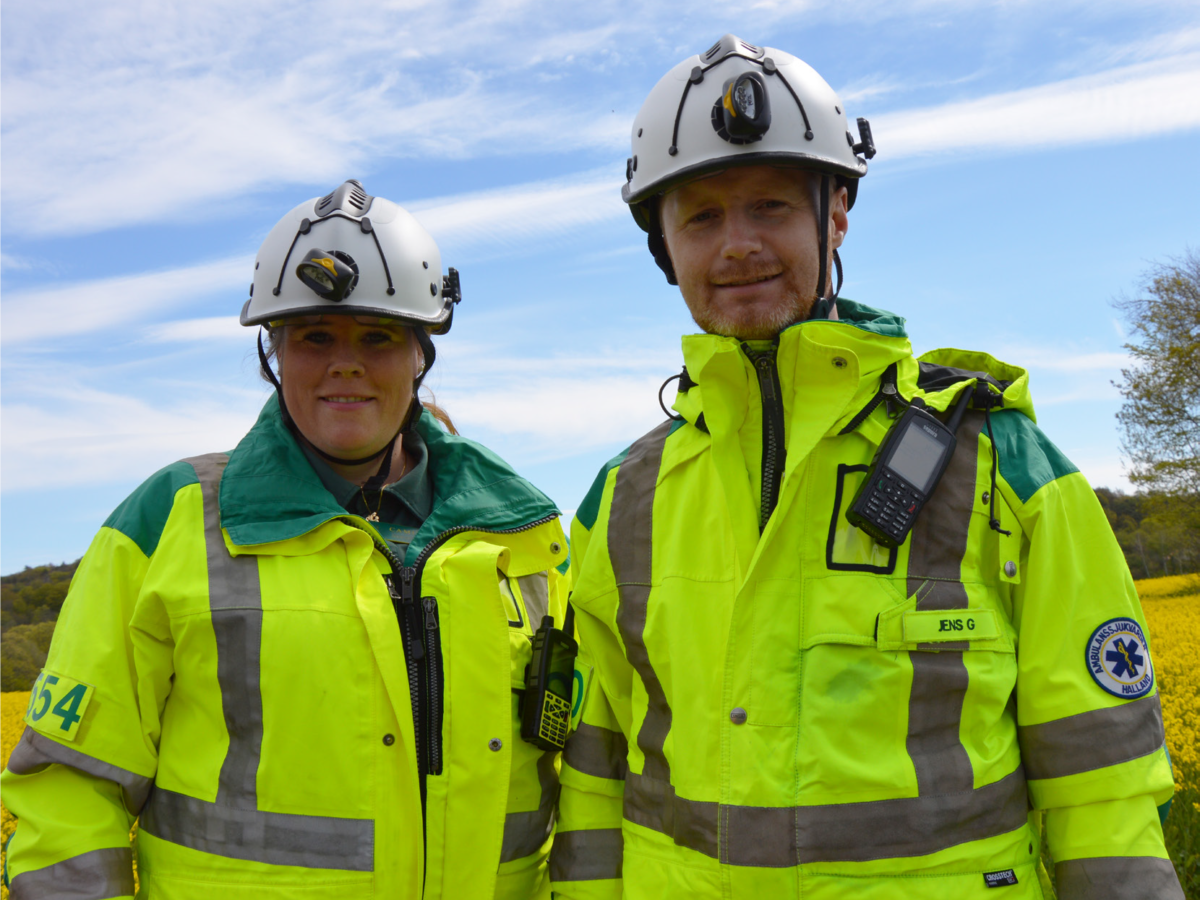Ambulances in Sweden’s Kungsbacka Municipality Implement Sepura SC21s
Kungsbacka, south of Gothenburg, is home to one of Halland County’s ambulance stations. The Ambulance Service in Halland county has been using the Swedish Rakel TETRA network since 2009, and has recently implemented Sepura SC21 hand-portable radios to their fleet.
A total of one hundred TETRA terminals are used across the station. Having already used Sepura’s STP9000 hand-portables the station has recently added the latest SC21 TETRA hand-portable to their fleet. They also use Sepura’s mobile terminals, the SRG3900, which are situated within the vehicles and control rooms, whilst the hand-portable radios are carried on person. The staff use the Swedish Rakel network to communicate between each other and with command and control.
A total of 44 people working within the Kungsbacka ambulance station, 35 of which are nurses or paramedics with medical training. During a night shift, 4 people work across the two ambulances stationed there. Region Halland who run the healthcare provisions for the region has a total of 19 ambulances running during the day and 12 at night which are distributed across eight stations; Laholm, Halmstad city west, Halmstad east, Hylte, Falkenberg, Ullared, Varberg and Kungsbacka. All stations include emergency ambulances and are staffed with at least one nurse. Kungsbacka is Halland county's second largest ambulance station, with Varberg being the largest.
Kungsbacka ambulance station are currently involved in a pilot project “PAR”, which starts in the locality this autumn provides a “blue light education” whereby the police, ambulance and emergency services will work together to provide eighth grade students with an understanding of the work of blue light staff. Held at the rescue service’s premises, three classes will run per day where students can participate in sessions that include discussions about different scenarios and ethical dilemmas that young people can face. Projects such as PAR help to positively influence the individuals’ perceptions of the blue light professions.
We extend our thanks to all emergency staff that keep us safe every day.


